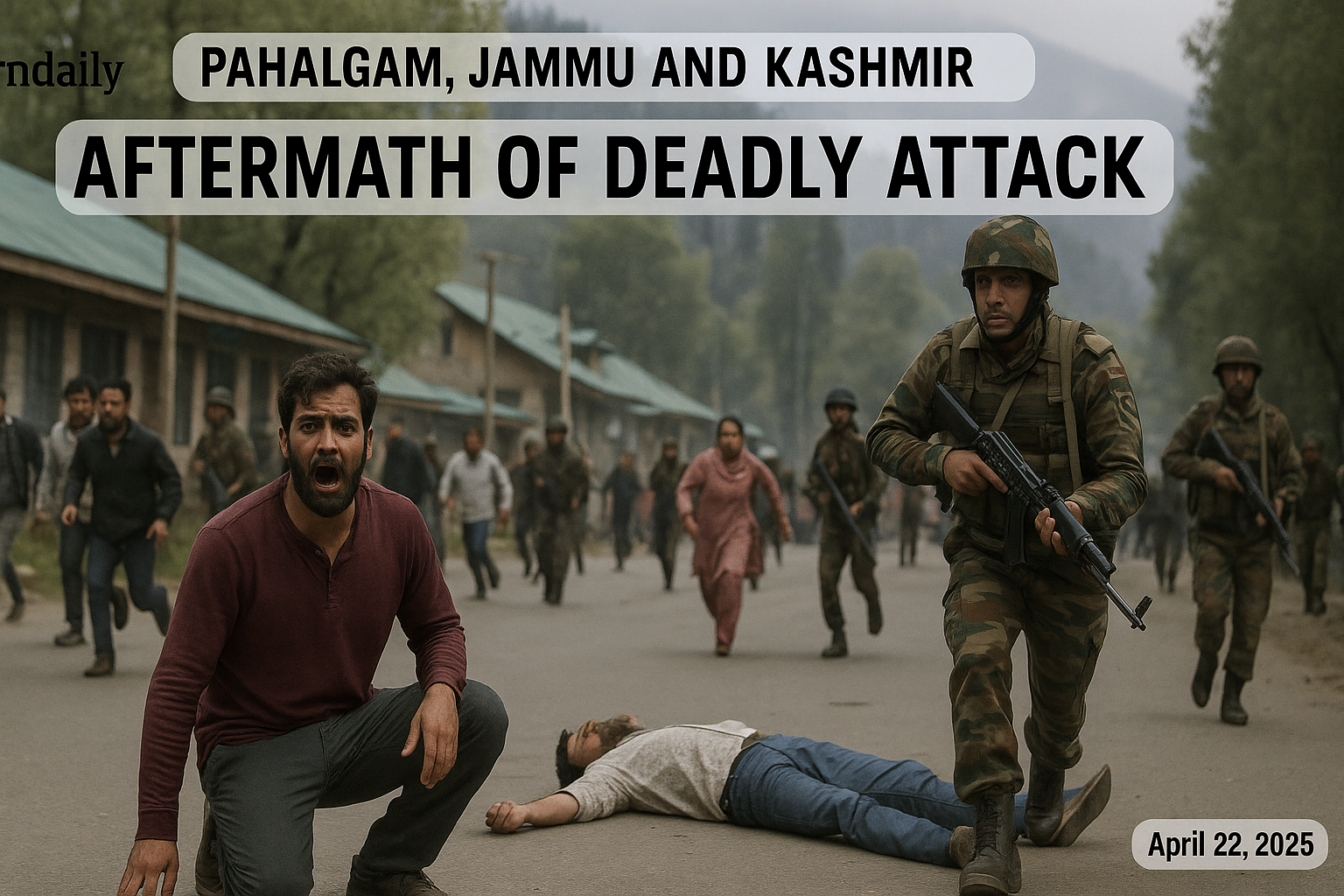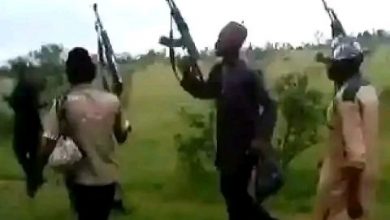
“I Survived the Pahalgam Massacre”: A Personal Account of the 2025 India-Pakistan Crisis
A firsthand account of the 2025 Pahalgam attack and its aftermath, highlighting the human toll and escalating India-Pakistan tensions.
By: A Survivor of the Pahalgam Attack
April 22, 2025 – The Day Everything Changed
It was a crisp morning in Pahalgam, a picturesque town nestled in the Baisaran Valley of Indian-administered Kashmir. My family and I had traveled from Delhi to escape the summer heat and immerse ourselves in the serene beauty of the Himalayas. The valley, with its lush meadows and towering pine trees, seemed like a slice of paradise.
As we prepared for a day of sightseeing, the tranquility was shattered by the sound of gunfire. Panic ensued as armed men emerged, their faces concealed, shouting commands. They demanded to know our names and religions. Those who couldn’t recite Islamic verses were shot without hesitation. I watched in horror as friends and fellow tourists fell around me. A local Muslim pony operator, who tried to intervene, was also killed.
Somehow, amidst the chaos, I managed to hide behind a boulder, holding my breath as the attackers continued their rampage. When the gunfire ceased, 26 people lay dead, including my younger brother. The attackers vanished as swiftly as they had appeared, leaving behind a scene of carnage.
The Immediate Aftermath
The Indian government swiftly condemned the attack, attributing it to The Resistance Front (TRF), an offshoot of the Pakistan-based Lashkar-e-Taiba. TRF initially claimed responsibility but later retracted their statement. Prime Minister Narendra Modi cut short his diplomatic visit to Saudi Arabia to address the crisis. India suspended the Indus Waters Treaty, expelled Pakistani diplomats, and closed its borders to Pakistani nationals.
Pakistan denied any involvement, offering to cooperate in an international investigation. However, they responded to India’s actions by suspending the Simla Agreement, closing their airspace to Indian aircraft, and halting trade relations.
Escalation Along the Line of Control
Tensions along the Line of Control (LoC) escalated rapidly. Both nations reported exchanges of gunfire, and Pakistan claimed to have shot down an Indian drone. India, in turn, reported increased infiltration attempts and cross-border firing. The fragile ceasefire established in 2021 seemed on the verge of collapse.
Impact on Kashmir’s Tourism and Economy
The attack devastated Kashmir’s tourism industry, which had been recovering post-COVID-19. Authorities closed 48 of the region’s 87 government-authorized tourist resorts as a precautionary measure. Over a million cancellations were reported, threatening an industry that contributes significantly to the region’s GDP and employs thousands.
Voices from the Ground
In the days following the attack, I spoke with locals who expressed fear and uncertainty. Many felt caught between the geopolitical tensions of two nuclear-armed nations. A local shopkeeper told me, “We are the ones who suffer, regardless of who is to blame.”
The Indian government’s response included a sweeping security crackdown, with nearly 2,000 individuals detained and homes of suspected militants demolished. While intended to enhance security, these actions have drawn criticism for potentially alienating civilians.
A Plea for Peace
As someone who has witnessed the horrors of this conflict firsthand, I urge both India and Pakistan to prioritize dialogue and de-escalation. The cycle of violence only breeds more suffering. It’s imperative to involve Kashmiri voices in any discussions about the region’s future.
Conclusion
The 2025 Pahalgam attack was not just an isolated incident; it was a catalyst that reignited longstanding tensions between India and Pakistan. The human cost is immeasurable, and the path forward must be paved with empathy, understanding, and a commitment to peace.




